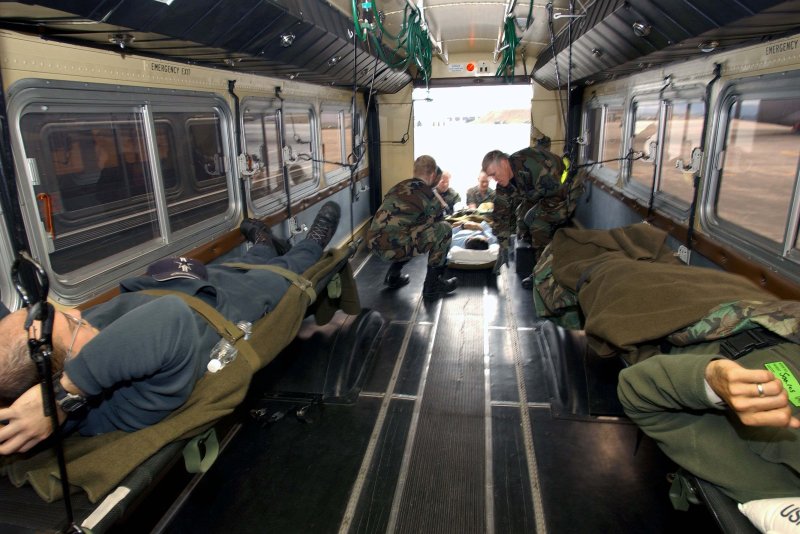May 31 (UPI) -- Non-combat-related injuries accounted for more than a third of all service member injuries in Iraq and Afghanistan in an 11-year period, a new study indicates.
The study, conducted by the Army Institute of Surgical Research at Fort Sam Houston, Texas, and published Wednesday in JAMA Surgery, found that of the 29,958 service members injured from 2003 to 2014, 34.1 percent were not caused in battle. Of the injuries that resulted in deaths, 11.5 percent were not battle-related.















